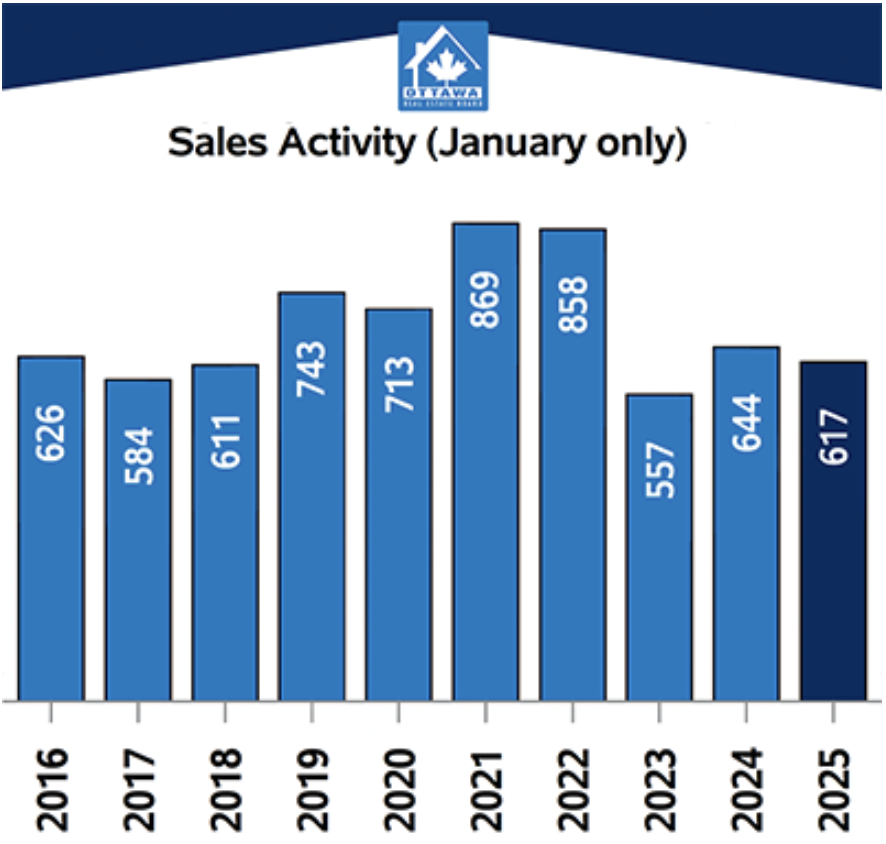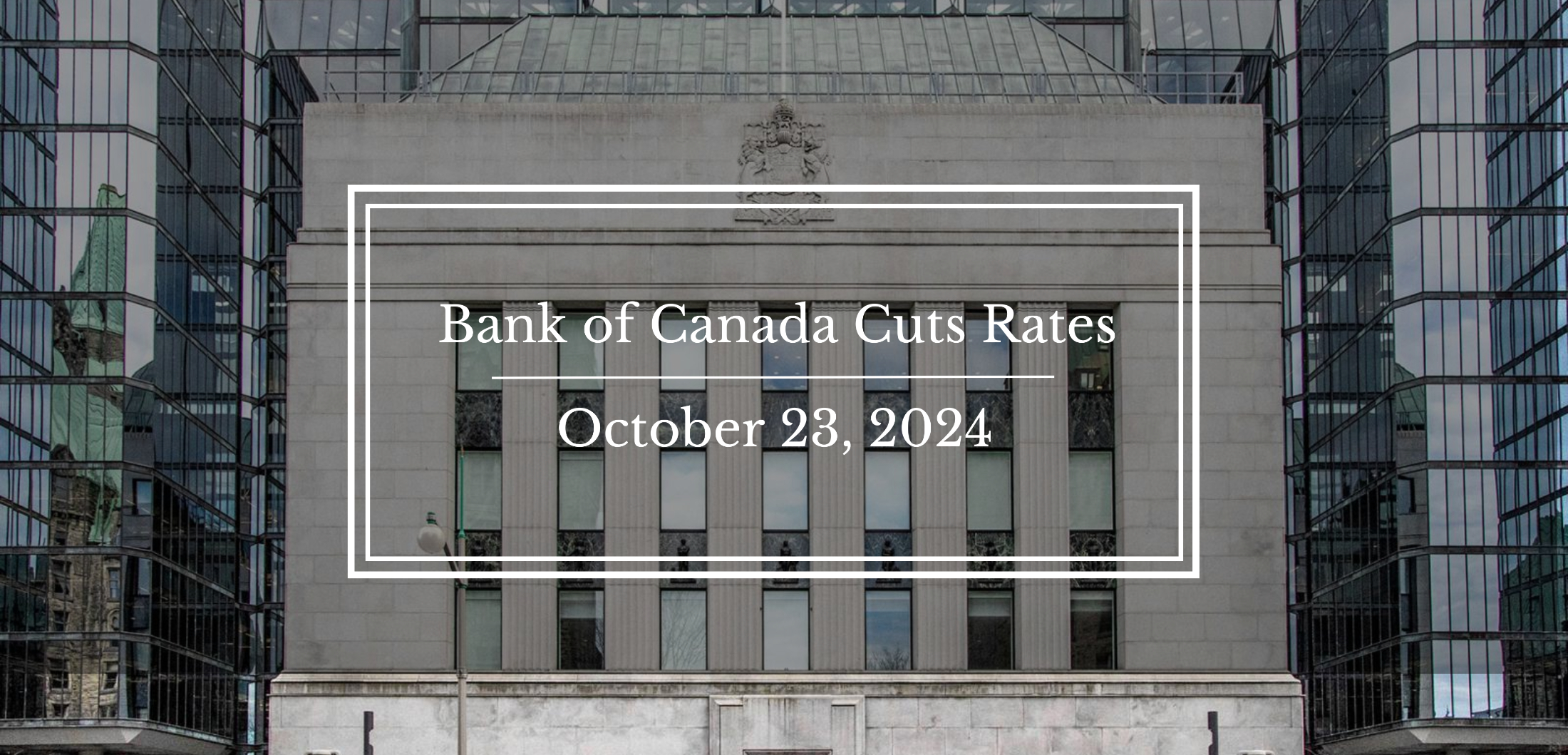A total of 617 homes were sold through the MLS® System of the Ottawa Real Estate Board (OREB) in January 2025, marking a 4.2% decline compared to January 2024.
Home sales fell 13% below the five-year average and 9.6% under the 10-year average for January.
“Ottawa’s market is seeing increased activity as more listings hit the market and buyers start to re-engage,” says OREB President Paul Czan. “Many buyers and sellers had been waiting for more conducive market conditions, but with the recent rate cut and potentially lower interest rates on the horizon, optimism is growing. While there’s more supply, the availability of suitable properties in various market segments remains tight. This is reflected in some homes selling quickly while others linger on the market. Sellers should be prepared to price competitively and present their homes in the best light to capture buyer interest in this evolving market."
“The recent Bank of Canada rate cut, introduction of U.S. tariffs, along with upcoming provincial and federal elections, introduce factors of variability,” adds Czan. “That said, confidence is growing, and more buyers are expected to return to the market in the coming months, leading to an increase in transactions.”

By the Numbers – Prices
The MLS® Home Price Index (HPI) provides a more precise measurement of price trends than average or median price calculations.
The overall MLS® HPI composite benchmark price stood at $649,900 in January 2025, reflecting a 5.2% increase from January 2024.
The benchmark price for single-family homes reached $713,000, up 2.3% year-over-year.
In contrast, the benchmark price for townhouse/row units declined 3.9% from the previous year to $448,000.
The benchmark price for apartments was $436,900, a 4.5% increase from January 2024.
The average sale price of homes in January 2025 was $670,258, a 5.8% rise from the previous year.
The total dollar volume of all home sales in January 2025 amounted to $413.5 million, reflecting a 1.3% increase compared to January 2024.
OREB advises that while the average sale price can highlight broader market trends over time, it should not be interpreted as an indicator of value changes for specific properties. The average price is derived from the total dollar volume of all sales, with prices varying across different neighbourhoods.

By the Numbers – Inventory and New Listings
New residential listings rose by 3.0% compared to January 2024, with 1,359 new properties hitting the market in January 2025. New listings were 14.1% above the five-year average and 9.3% higher than the 10-year average for January.
Active residential listings reached 3,312 units at the end of January 2025, marking a 57.3% increase from January 2024. Active listings were 90.6% higher than the five-year average and 48.9% above the 10-year average for January.
Months of inventory stood at 5.4 at the end of January 2025, compared to 3.3 in January 2024. This figure represents the number of months required to sell the current inventory at the existing rate of sales activity.
Thinking about buying or selling in Ottawa’s evolving market? Whether you're a buyer looking for the right opportunity or a seller wanting to position your home competitively, we're here to help you navigate the market with confidence.
Contact us today for expert advice and personalized guidance! Let's make your real estate goals a reality.
















.png)
